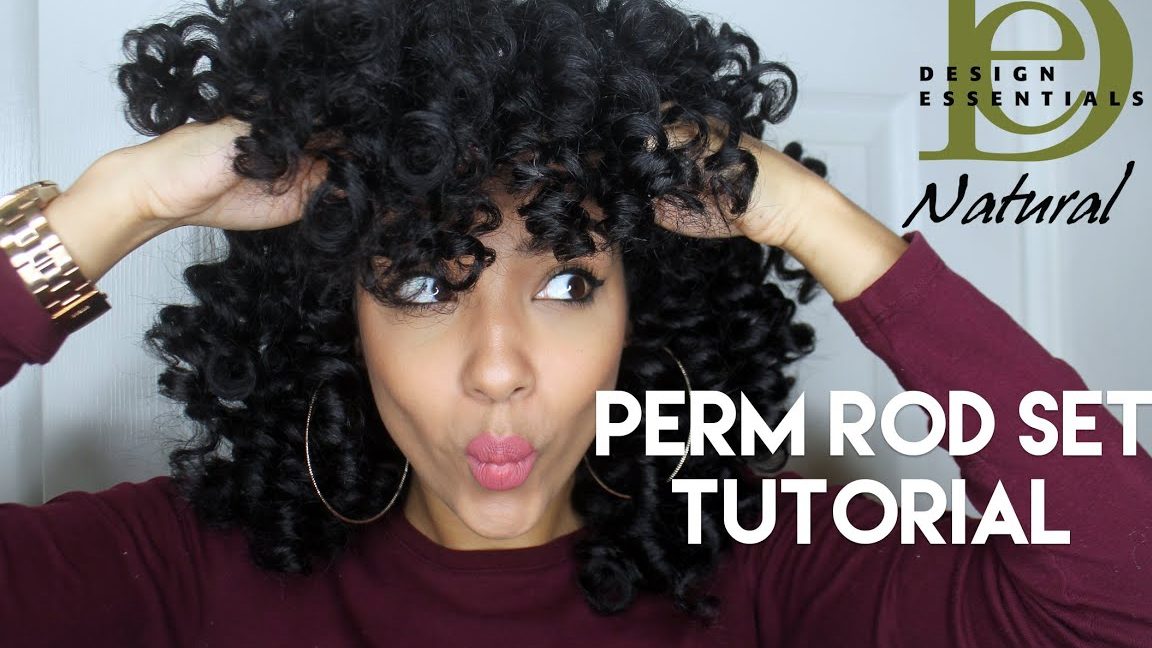Hair design is more than just a routine; it’s an expression of personal style and individuality. Whether you’re preparing for a special event or simply want to update your everyday look, understanding the principles of hair design can help you achieve a hairstyle that complements your features and fits your lifestyle. This article provides a comprehensive guide to designing your hair, covering essential aspects such as understanding your face shape, choosing the right hairstyle, and maintaining your look.
Understanding Your Face Shape
Identifying Your Face Shape
The first step in designing a hairstyle that suits you is understanding your face shape. Haircuts and styles that enhance your natural features can make a significant difference in your overall appearance. Common face shapes include:
- Oval: Characterized by balanced proportions and a gently rounded jawline. Almost any hairstyle works well with an oval face.
- Round: Featuring full cheeks and a rounded jawline. Hairstyles that add height and volume can help elongate the appearance of the face.
- Square: Defined by a strong jawline and wide forehead. Soft, layered styles can balance the angularity of a square face.
- Heart: Marked by a wider forehead and narrow chin. Styles that add width around the chin can create a more balanced look.
- Diamond: Recognized by high cheekbones and a narrow forehead and chin. Hairstyles that add volume around the forehead and jawline can help balance the diamond shape.
Choosing Hairstyles to Complement Your Face Shape
Once you identify your face shape, you can select hairstyles that enhance your natural features. For example:
- Oval Face: Try various styles, from long layers to short bobs, as most looks will complement an oval face shape.
- Round Face: Opt for hairstyles with volume on top and longer layers to create the illusion of a longer face. Avoid styles that add width around the sides.
- Square Face: Go for soft, textured hairstyles with layers to soften the strong angles of your face. Side-swept bangs can also add a flattering touch.
- Heart Face: Choose styles that add volume around the chin and jawline, such as chin-length bobs or soft curls, to balance the wider forehead.
- Diamond Face: Hairstyles with volume around the forehead and chin, such as layered cuts or side-swept bangs, can help balance the sharp angles of a diamond face.
Choosing the Right Hairstyle
Consider Your Lifestyle
When selecting a hairstyle, consider how it fits with your lifestyle. If you have a busy schedule, you might prefer low-maintenance styles that require minimal daily upkeep. Conversely, if you enjoy experimenting with different looks, you might opt for a style that allows for versatility and frequent changes.
Hair Texture and Type
Your hair’s texture and type play a crucial role in determining which styles will work best for you. For example:
- Straight Hair: Sleek, straight styles and classic cuts, such as the long bob or blunt cut, can enhance the natural shine of straight hair.
- Wavy Hair: Loose waves and textured layers add volume and movement. Styles like beachy waves or tousled curls can accentuate your natural wave pattern.
- Curly Hair: Embrace your curls with styles that enhance their shape, such as layered cuts or curly bobs. Avoid heavy products that weigh down curls.
- Fine Hair: Opt for styles that add volume, such as layered cuts or texturizing products. Avoid heavy styles that can make fine hair look flat.
- Thick Hair: Styles that reduce bulk, such as long layers or texturizing cuts, can help manage thick hair and prevent it from looking overwhelming.
Hair Color and Highlights
Incorporating color and highlights can further personalize your hairstyle. Consider the following:
- Hair Color: Choose a color that complements your skin tone. Warm tones like honey and caramel work well with warm skin tones, while cooler shades like ash or platinum suit cooler skin tones.
- Highlights and Lowlights: Adding highlights or lowlights can create depth and dimension in your hair, enhancing the overall design of your hairstyle. Choose shades that blend well with your base color for a natural look.
Maintaining Your Hairstyle
Regular Salon Visits
To keep your hairstyle looking its best, regular visits to the salon are essential. Schedule trims every 6-8 weeks to maintain the shape and health of your hair. Additionally, professional treatments can help keep your hair in top condition and address any specific concerns.
Daily Hair Care Routine
Adopt a daily hair care routine that includes proper washing, conditioning, and styling products. Use shampoos and conditioners that suit your hair type and avoid excessive heat styling to prevent damage. Incorporate leave-in treatments or serums to keep your hair healthy and manageable.
Adapt to Changes
As seasons change and your hair grows, be open to adapting your hairstyle. Regularly updating your look can help you stay on trend and maintain a style that complements your evolving features.
Designing your hair involves more than just choosing a style; it’s about understanding your face shape, selecting a look that fits your lifestyle and hair type, and maintaining your chosen hairstyle with care. By considering these factors and embracing the beauty of your unique features, you can create a hairstyle that not only enhances your appearance but also reflects your personal style. Whether you’re looking for a fresh change or simply maintaining your current look, the art of hair design offers endless possibilities to express yourself and enjoy the beauty of your hair.

